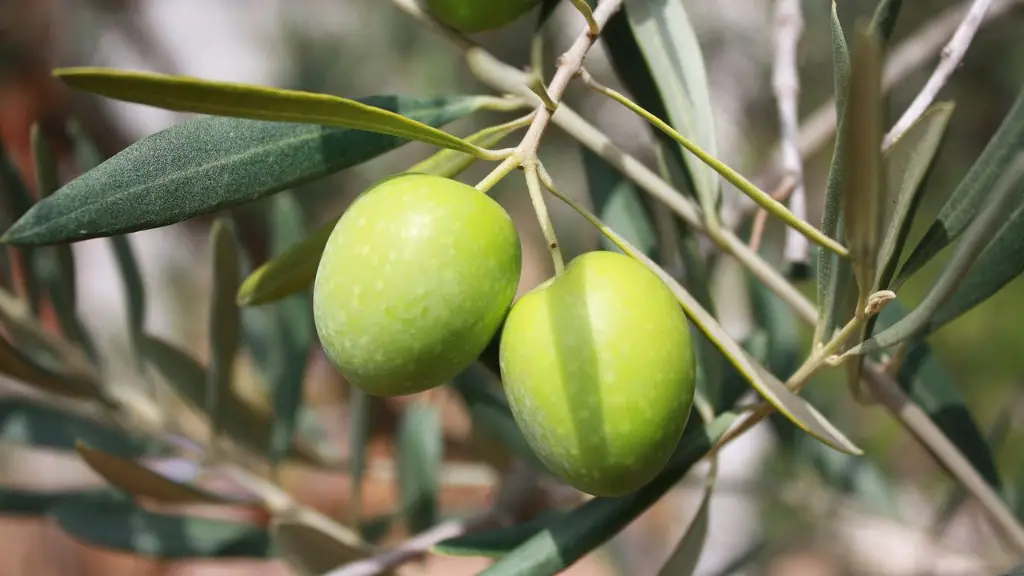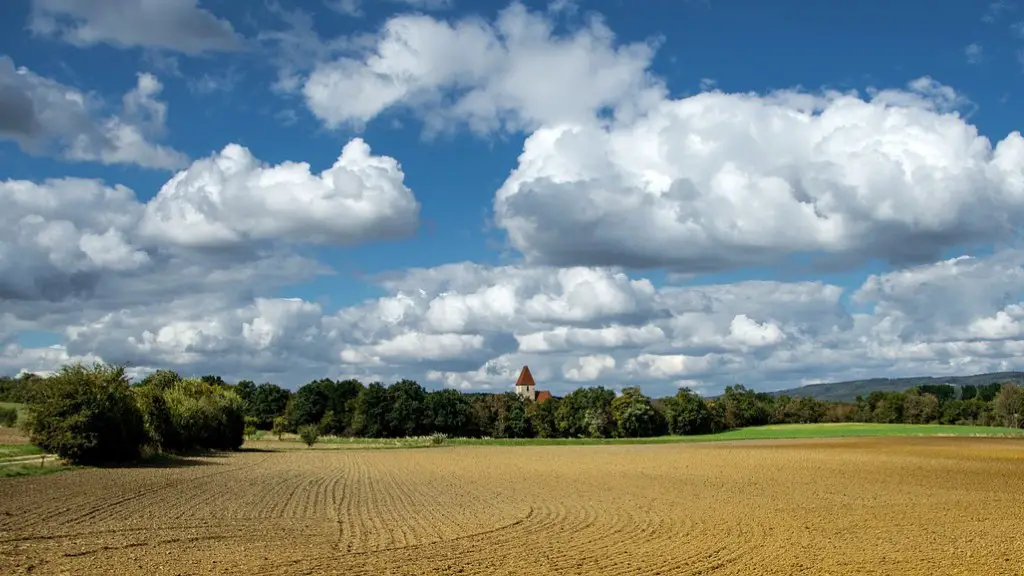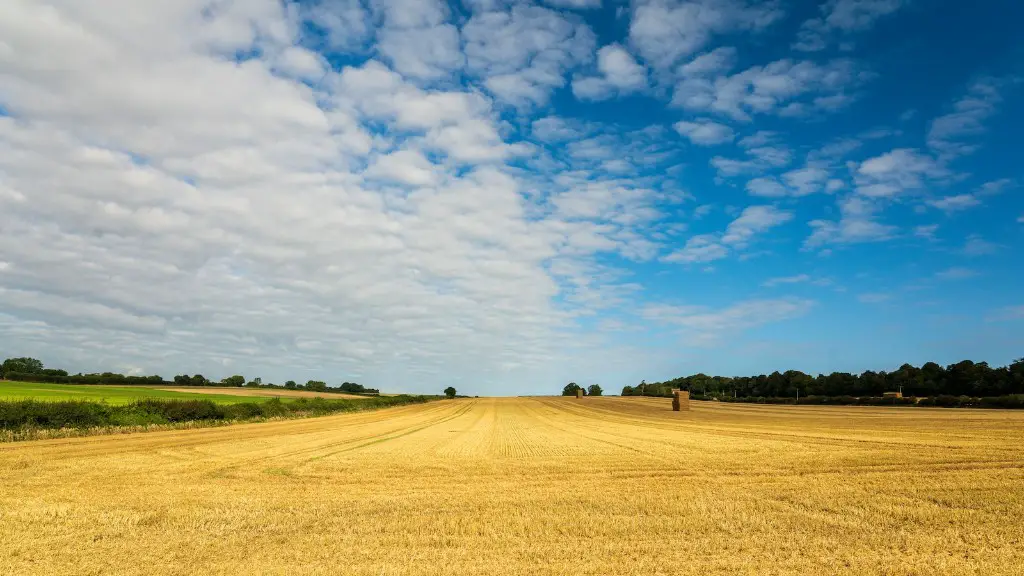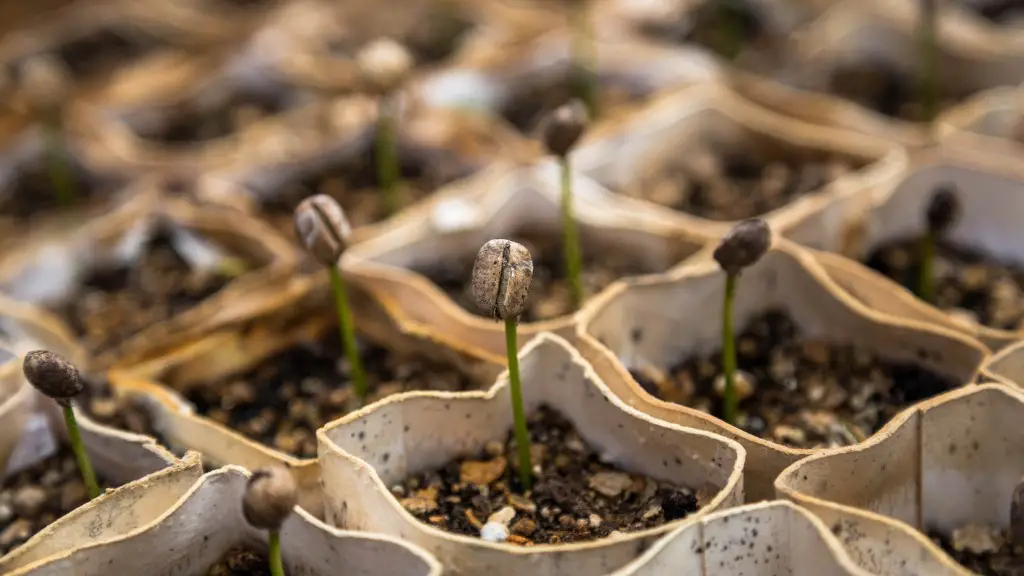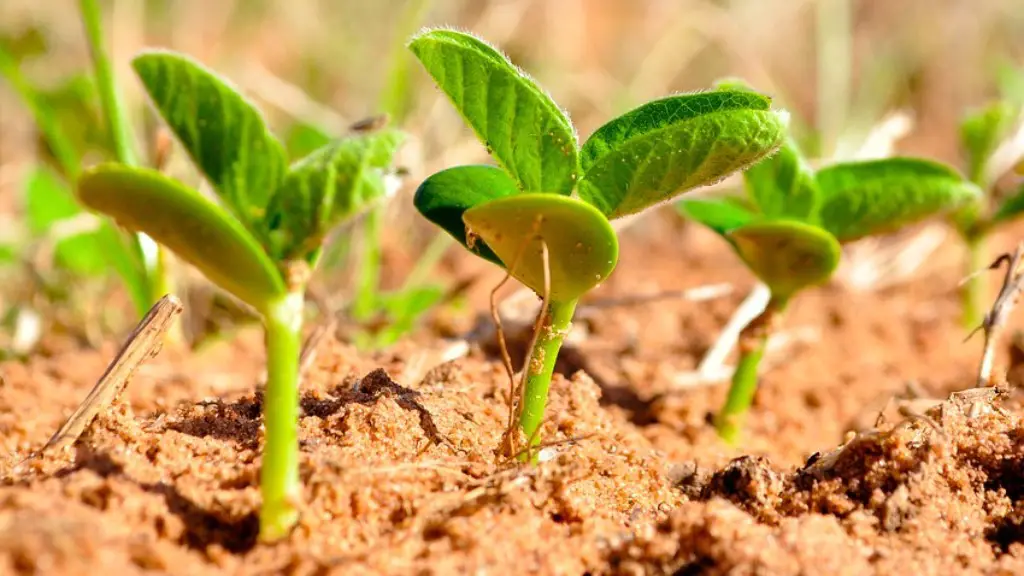Agriculture has always had to keep up with the latest technologies to ensure the productivity of crops, livestock and other farming activities. Advances in technology such as agritech and precision agriculture are making it easier and more efficient for farmers to raise their crops and animals. Here we’ll discuss the types of technology used in agriculture and how it is influencing farming practices.
Information technology has made it possible for farmers to become connected to the internet, allowing them to access a wealth of farming knowledge and resources. GPS systems also give farmers the ability to track their crops and monitor inputs from any location, giving them more control than ever before. Wireless monitoring systems and data management are also rapidly advancing, enabling precision agriculture.
Robotics and automation are making it easier for farmers to do more with less. Automated tractors, harvesters and planters can do the work of multiple laborers, saving farmers time, money and ensuring accuracy. The use of drones and remote sensing technology has also made it possible to monitor crop growth, detect pests, and assess soil conditions. This is expected to further improve agricultural efficiency.
Artificial intelligence and machine learning are being used in aspects of precision farming, allowing for better decision making, prediction and analysis of crop yields. Smart farm equipment and autonomous vehicles have reduced labor costs and increased yields. These types of technologies are improving crop water management and soil health, which can help sustain agricultural productivity.
Biotechnology is also being used in agriculture. Genetically modified organisms, or GMOs, have enabled plants to have increased resistance to disease or pesticides and have increased crop yields. Biotechnology is also being used to produce new varieties of plants with desirable traits such as drought resistance or improved nutritional content.
Finally, renewable energy sources like solar, wind and water are being used to power agricultural equipment and water pumps. This helps reduce electricity costs, provides a more sustainable energy source, and is better for the environment. Additionally, renewable sources can be used to generate electricity during times when electricity is not available.
Impact of Technology on Agriculture
Over the past few years, technology has had a tremendous impact on the agricultural industry. By leveraging the latest advancements in data collection and sensor technologies, farmers are now able to monitor their crops and livestock much more effectively. Advanced technologies allow farmers to increase productivity, decrease waste and reduce costs.
Advanced technologies such as data Analytics, the Internet of Things (IoT), and machine learning are allowing farmers to gain greater insights into their operations. Data collection systems enable farmers to track their crops, monitor soil fertility and analyse weather patterns. This data can be used to develop agricultural strategies that will maximize productivity and reduce costs.
The use of IoT technologies is also revolutionizing the way farmers monitor and manage their operations. Sensors and drones are being used to monitor crop growth, soil fertility and pest infestations. They can also be used to detect abnormal weather patterns and help farmers make more informed decisions about crop yield.
Machine learning and AI are also being used to help farmers analyze data and develop strategies that maximize output. Technologies such as computer vision have enabled machines to recognize patterns in agricultural data and automate decisions. This is leading to the development of advanced farming systems that can drastically improve the efficiency of agricultural operations.
Robotics and automation are also becoming increasingly important in agriculture. Autonomous vehicles and robots can perform tedious tasks such as crop planting and harvesting, reducing labor costs and increasing efficiency. They are also being used to monitor crop fields and detect disease or pests.
Finally, renewable energy sources such as solar, wind and water are becoming increasingly important in agriculture. This can provide a more sustainable and cost-effective source of energy, while also reducing environmental impacts.
Economic Benefits of Technology in Agriculture
The use of technology in agriculture can provide many economic benefits. It can help reduce labor costs and increase productivity, while also reducing water and energy consumption. Advanced technologies such as machine learning and artificial intelligence are also helping farmers make more informed decisions which can lead to higher yields and better quality produce.
The use of precision agriculture has enabled farmers to reduce chemical inputs such as fertilizers and pesticides, and water usage can be greatly reduced. This can help reduce production costs and decrease environmental pollution. Moreover, the use of sensors, drones and robots can improve crop yields and help farmers detect pests, weeds and soil conditions, leading to better productivity.
The use of renewable energy in agriculture is also providing economic benefits. Renewable energy sources can provide a more sustainable and cost-effective energy source. Not only does this reduce energy costs, but it also helps reduce environmental impacts.
The use of technology in agriculture is also providing economic benefits by helping farmers access new markets. Advances in IT and digital marketing are making it easier for farmers to connect with producers and customers around the world, helping to increase revenue and profits.
Additionally, the use of technology in agriculture is providing jobs. The development of new technologies has enabled more opportunities for people to work in the agricultural industry. This not only provides economic benefits, but can also help develop the local economy.
Social Benefits of Technology in Agriculture
Technology in agriculture is providing many social benefits as well. By increasing crop yields and streamlining agricultural operations, it is helping to reduce hunger and poverty in many parts of the world. By improving access to markets, it is also helping to create economic opportunities for farmers and other stakeholders.
Technology is also reducing the labor intensity of farming, providing more opportunities for people to increase their income. By increasing agricultural productivity, it is helping to improve the quality of life for many people, particularly in rural areas.
Moreover, the use of technology in agriculture is helping to reduce environmental pollution. By reducing the need for chemical inputs such as fertilizers and pesticides, as well as reducing water and energy consumption, it is helping to reduce the environmental impacts of farming.
Finally, the use of technology in agriculture is also leading to a greater connection between farmers and their local communities. By making it easier to access agricultural knowledge and resources, it is helping to create a more connected and engaged agricultural community.
Issues and Challenges with Technology in Agriculture
Despite the many benefits of technology in agriculture, there are still some issues and challenges to overcome. The cost of advanced technologies is a major barrier. Technologies such as machine learning and artificial intelligence can be expensive, making it difficult for smaller scale farmers to leverage them.
The development of new technologies also poses its own challenges. Although technology can be used to increase efficiency and reduce labor costs, it can also lead to job losses. Additionally, the lack of skilled personnel to operate or maintain the technology can be a barrier.
Furthermore, the use of technology in agriculture can lead to privacy issues. Technologies such as drones, sensors, and data collection systems can collect vast amounts of data on farmers and their operations. This can create privacy issues as well as potential security risks.
Finally, there are concerns that advanced technologies could lead to environmental degradation. Technologies such as biotechnology and GMOs can lead to unintended environmental consequences, such as the emergence of herbicide-resistant weeds. Additionally, the use of autonomous vehicles and robots can have a negative impact on wildlife and biodiversity.
Conclusion
It is clear that technology is having a significant impact on the agricultural industry. Technologies such as machine learning, the Internet of Things and robotics are revolutionizing the way farmers operate. Not only are these technologies providing economic benefits, but they are also providing social benefits, such as increased productivity and improved quality of life.
However, there are still some issues and challenges to overcome. Technologies can be expensive, and the lack of skilled personnel to operate and maintain them can be a barrier. Additionally, privacy and security issues are a concern, and there are potential environmental consequences to consider. Despite this, the potential of technology in agriculture is enormous, and it is providing many positive benefits.
